Fireworks Galore
Never before have I experienced so many neighborhood fireworks until I moved to Los Angeles. Where incidentally, fireworks are illegal the entire year. But you wouldn’t know it come the 4th of July (or May - Sept depending on what neighborhood you live in).
As a drone operator, I had done a few just-past-sunset shots and after getting my daylight operations waiver, I was ready to attempt my first true flight at night - on Independence Day here in the States.
This wasn’t just any ordinary flight. I was on a hyperlapse kick and wanted a day-to-night transition, showing just how many fireworks were getting set off from the early evening into the night.
I started with the checklist I use for every flight and created some very detailed notes as I planned on shooting both stills and video in various stages of light. I rented extra drone batteries for the occasion and each battery had a specific shot list and launch time. My camera and drone settings were dependent on the time of day/night and whether I was shooting stills or video. For instance, when taking photos, I had my gimbal lock ON and my mechanical shutter OFF but reversed those settings when shooting video.
Luckily, I found the perfect location for my flight: Above a cemetery where I could fly just out of reach of the fireworks without any people below. This gave me the longest flight path possible while still being close to the action.
I roped Tory N Thompson into being my visual observer. He had zero experience with drones but was game for learning about nighttime illusions and proving his newfound knowledge by passing a test. Plus I already knew him as a responsible individual with an attention to detail so I knew I was in good hands.
The Route:
I created a Waypoints Mission where the drone flew sideways from left to right. I’ve since learned that even though the path was a straight line, having even more waypoints than I already did would have helped “right the ship” for the times the wind blew the drone off axis a little. Normally this wouldn’t matter too much but when you’re trying to match more than one take for a day-to-night transition, it’s essential that the footage lines up.
The Hyperlapse:
Unfortunately, the hyperlapse attempts didn’t work out as I had hoped. Normally I shoot JPGs which allows me to snap a photo every 2 seconds while the drone (typically) flies 2 mph. Since this flight was in low light, I shot RAW which meant I was only getting a photo every 5 seconds. This led to a shorter and less smooth video. And because the drone was flying so slowly, it got thrown around in the wind more.
When shooting fireworks, you typically want a tripod and a slow shutter. But a moving drone will cause the lights on the ground to blur so I had to bump up my ISO and open my iris instead.
Editor-extraordinaire Andrew Hendren worked some magic and put together this hyperlapse with the small amount of shaky stills I gave him.
One unexpected find from the first hyperlapse attempt was the trails of smoke drifting towards the drone. Because the firework flashes were quick, the camera didn’t catch them but the smoke from the fireworks did register.
The Video:
Shooting the video version was more of an afterthought but ended up being the winner of the night. I flew the length of the route once after sunset and again in full dark. Because the drone was flying at 10 mph, the wind affected it less. Also, since the camera was constantly rolling, it was able to capture the fireworks in their entirety. Once in the edit, I married the two takes, sped up the video, found a great song, added 70+ firework sounds and tweaked the color and lighting.
The amounts of research, test flights, camera tests and editing was significant, but it was also a great learning experience. While I still might not have all the answers, I’m looking forward to going back out this year and doing it all over again.
